Two clustered NLR genes with opposing functions in rice blast resistance and yield ($)
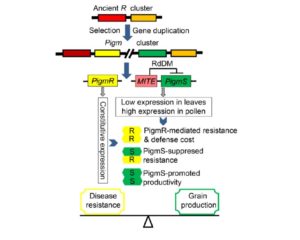 The indigenous Chinese rice variety Gumei 4 (GM4) shows durable and specific resistance to the rice blast fungal pathogen Manaporthe oryzae. Deng et al. mapped and sequenced the resistance locus Pigm, and found that it contains a cluster of 13 NLR (nucleotide-binding leucine-rich repeat) genes, three of which appear to be transcribed. One of these, PigmR, was sufficient to confer resistance. By contrast, ectopic expression of PigmS promotes fungal infection in plants carrying PigmR. Using a yeast two-hybrid assay, the authors showed that that PigmS and PigmR form a heterodimer that impairs functional PigmR homodimer function and resistance. Furthermore, PigmS expression is epigenetically regulated and shows low expression in leaves (where it attenuates resistance) and high expression in pollen, where it appears to contribute to seed set and therefore yield. As the authors conclude, they have identified “two NLR genes which have evolved opposing function in disease resistance and yield in a single cluster”. Science 10.1126/science.aai8898
The indigenous Chinese rice variety Gumei 4 (GM4) shows durable and specific resistance to the rice blast fungal pathogen Manaporthe oryzae. Deng et al. mapped and sequenced the resistance locus Pigm, and found that it contains a cluster of 13 NLR (nucleotide-binding leucine-rich repeat) genes, three of which appear to be transcribed. One of these, PigmR, was sufficient to confer resistance. By contrast, ectopic expression of PigmS promotes fungal infection in plants carrying PigmR. Using a yeast two-hybrid assay, the authors showed that that PigmS and PigmR form a heterodimer that impairs functional PigmR homodimer function and resistance. Furthermore, PigmS expression is epigenetically regulated and shows low expression in leaves (where it attenuates resistance) and high expression in pollen, where it appears to contribute to seed set and therefore yield. As the authors conclude, they have identified “two NLR genes which have evolved opposing function in disease resistance and yield in a single cluster”. Science 10.1126/science.aai8898


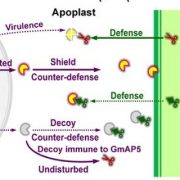

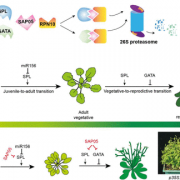
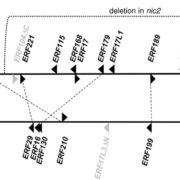
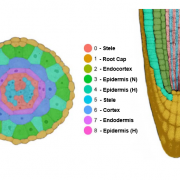
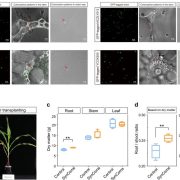
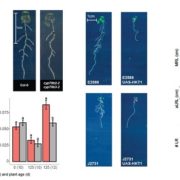
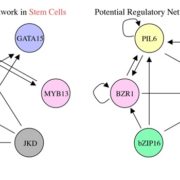


Leave a Reply
Want to join the discussion?Feel free to contribute!